19 Reasons Why We Need To Support Birds:
- Birds Spread Seeds –
When birds travel, they take the seeds they have eaten with them and disperse them through their droppings. This seed dispersal may be the most important ecological bird function, because many plant species rely almost entirely on birds for their propagation. The estimated cost of replacing Clark’s Nutcrackers’ seed dispersal of whitebark pine alone is $11 billion across the range of whitebark pines in the U.S.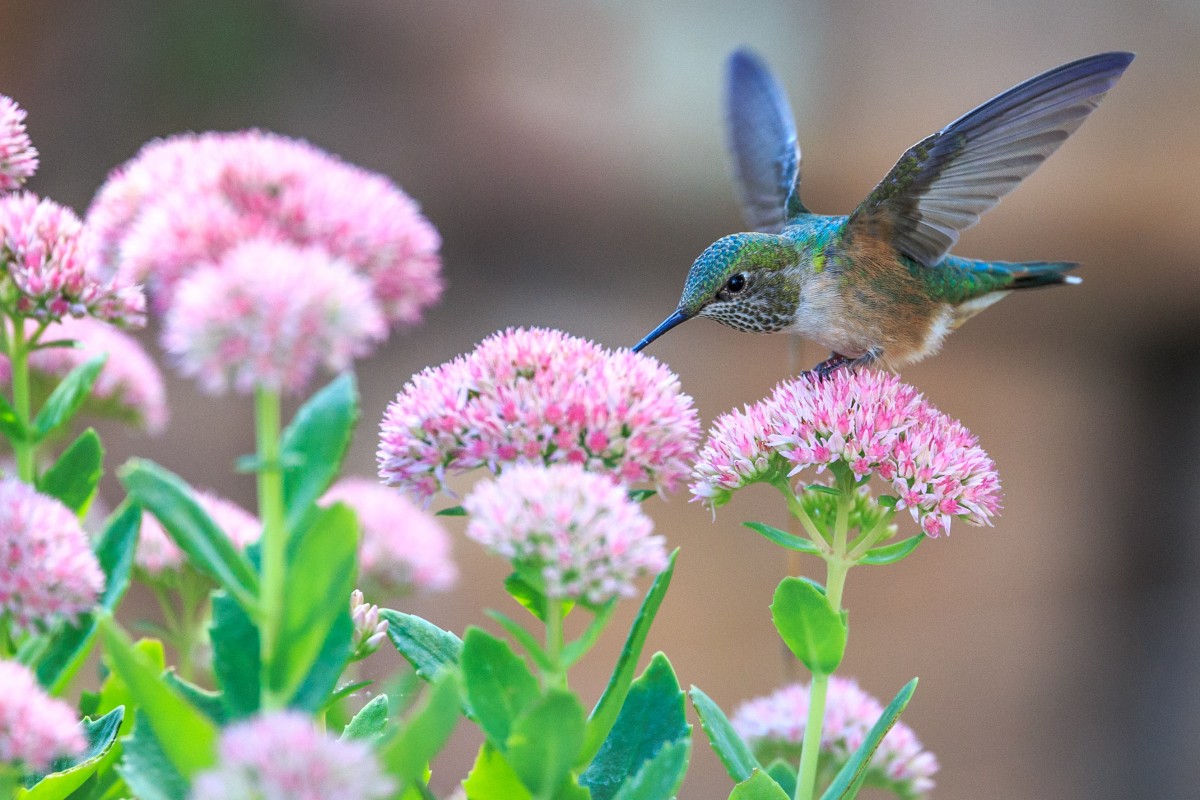
- Birds Pollinate Plants –
When we think pollinators, bees and butterflies come to mind, but bird pollinators such as hummingbirds and honeyeaters also make a big contribution, especially in high altitudes or hot climates. Their role as pollinators benefits us directly. About 5% of the plants humans use for food or medicine are pollinated by birds. And when they disappear, the results can be drastic: 31 species of Hawaiian bellflowers have gone extinct along with the birds that pollinated them. - Birds Control Pests –
Birds eat tons of bugs, as much as 400-500 million tons of insects a year. They are a natural way to control pests in gardens, on farms, and parks. In its lifetime a Barn Owl may eat more than 11,000 mice that would have consumed 13 tons of crops. Birds can even be used to control the populations of other birds that are considered nuisances. The U.S. Air Force has used trained Peregrine Falcons to drive away European Starlings and Canada Geese around the McGuire Air Force Base. It should also be mentioned that birds tend to be overestimated as pests themselves. Agricultural damage estimates by granivorous birds are often exaggerated. Studies of damage to various crops indicate amounts of less than 1 percent of production.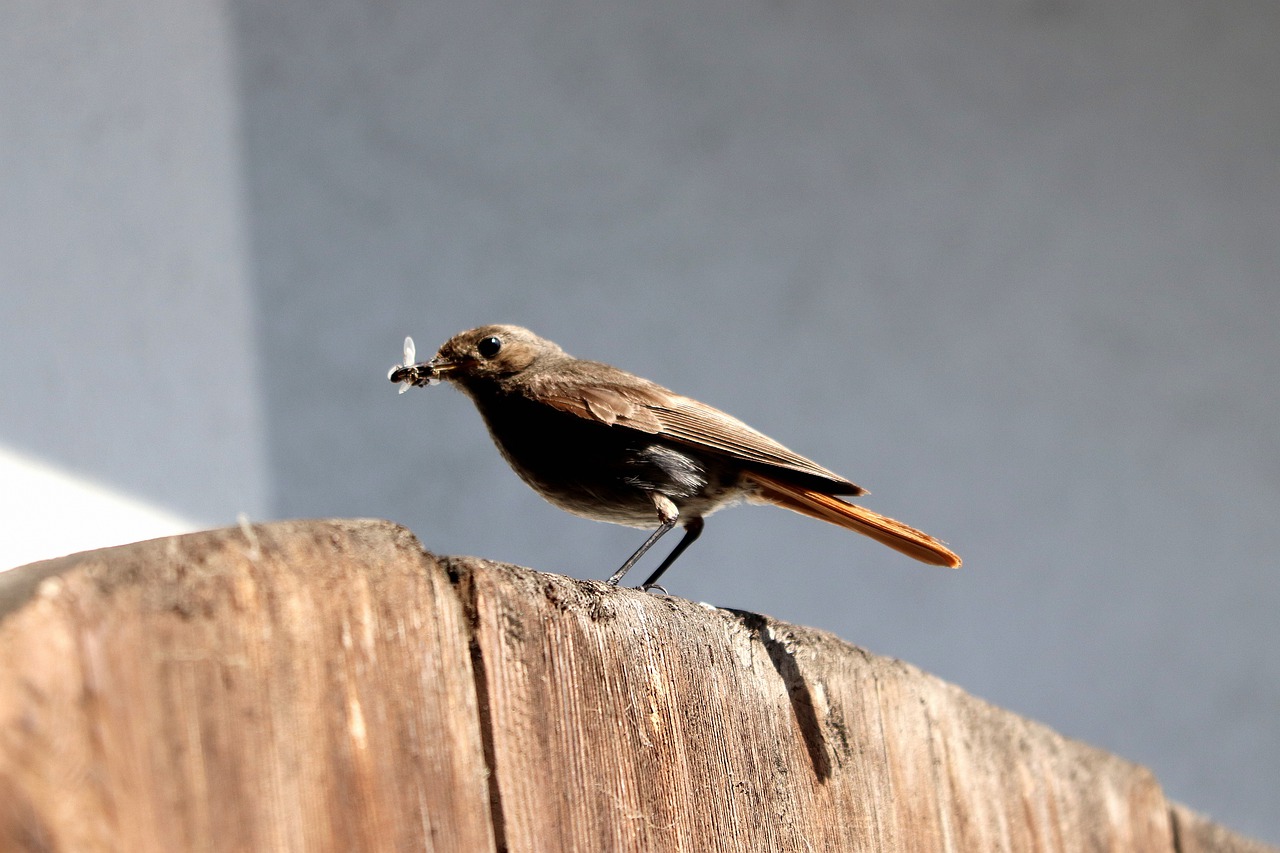
- Birds Reduce Weeds –
It has been calculated that native sparrows in Iowa eat the equivalent of 196,000 bushels of weed seeds annually. - Scavengers Are Nature’s Clean-up Crew –
Extremely acidic secretions of the vulture stomach kill all but the most resistant spores, reducing the pathogenic bacteria by consuming carcasses and thereby reducing disease. Scavenging birds provide a Public Health service by arriving days before other less efficient scavengers, such as feral dogs or rats, arrive to pick at the remains, preventing deadly diseases such as rabies and tuberculosis to develop and spread. In India, a decrease in vultures led to an increase in rabies, and contributed to the 1994 bubonic plague outbreak in western India that killed 54 people and cost India over $2 billion.
- Birds Indicate Environmental Hazards –
Because they are sensitive to habitat change and are easy to count, birds are an important tool for measuring the health of environments. Birds integrate and accumulate environmental stresses over time because they are usually high in the food chain and have relatively long life-spans. This makes birds indicators of unexpected environmental problems, as when declining numbers and breeding success of birds such as the Bald Eagle, Osprey, and Brown Pelican revealed that DDT was a pollution hazard. Like the canary in the coal mine, birds are our early-warning system. As go the birds, so goes mankind. - Birds Promote Conservation –
Since its inception, birds have been a driving force behind the conservation movement in the United States, when unregulated hunting, use of toxic pesticides, and destruction of wetlands and other habitats threatened wildlife and wild places. When people discover the wonder of birds, their interest often leads to support of conservation.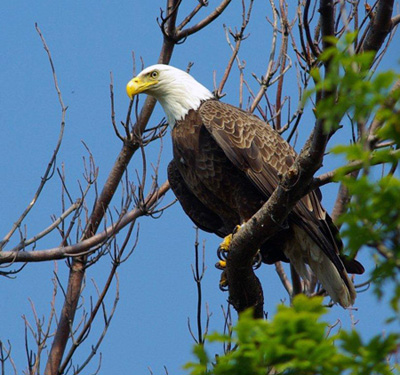
- Birds Support the Economy –
The number of birders in the United States is about 73 million. They spend $40 billion annually on feeding birds, purchasing equipment, and traveling in pursuit of birds. That money ripples out, generating $82 billion in economic output, employing 671,000 people, and enriching state and federal governments by $10 billion. - Birds Maintain & Transform Entire Landscapes –
Habitats like forests, marshes, and grasslands support people across the whole planet, storing carbon, keeping the climate stable, oxygenating the air, and transforming pollutants into nutrients. But without birds, many of these ecosystems would not exist. Birds maintain the delicate balance between plant and herbivore, predator and prey, and are integral parts of food chains and food webs. - Birds Fertilize –
Birds, especially seabirds, play a key role in cycling nutrients and helping to fertilize marine ecosystems such as coral reefs. Their droppings have high contents of nitrogen, phosphate, and potassium – 3 nutrients essential for plant growth.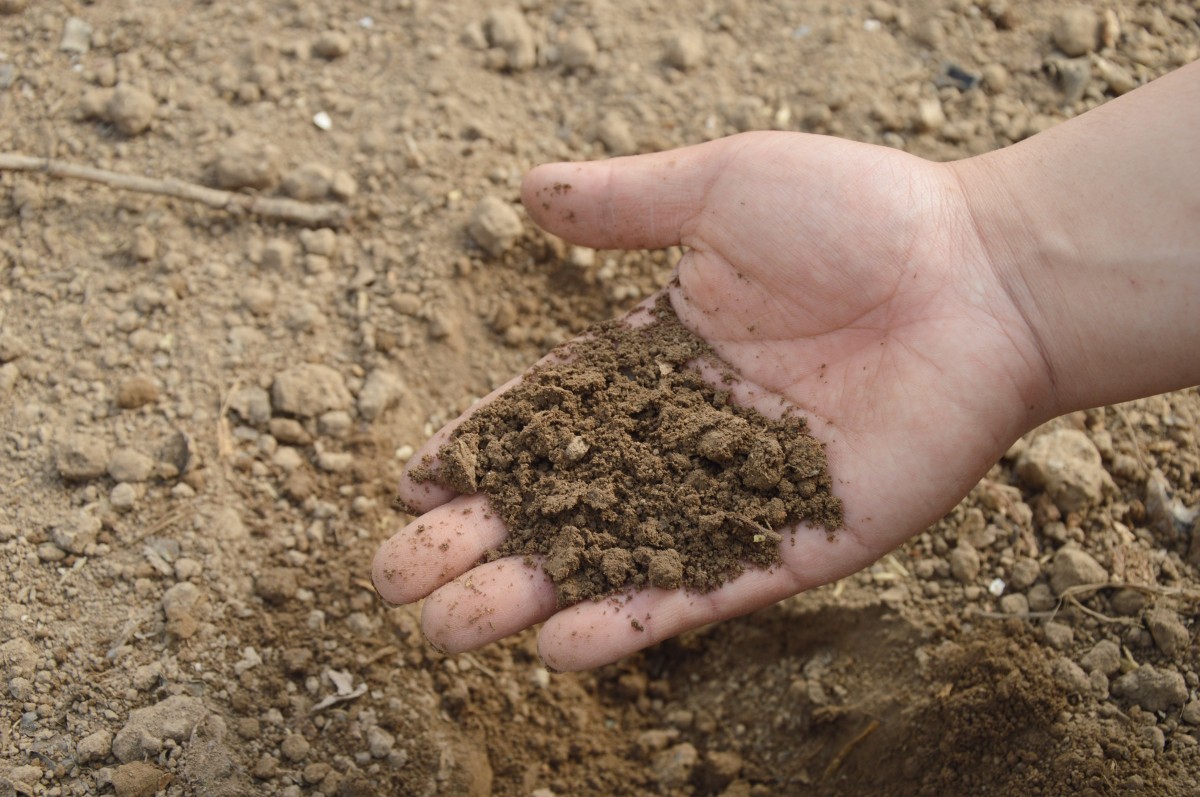
- Birds Inspire Science –
From the technology of flight, to the invention of zippers, humans have drawn inspiration from birds for centuries. A significant example: Darwin’s studies of finches in the Galápagos proved instrumental in shaping thoughts on evolution through natural selection. - Birds Are Military Heroes –
Birds have special skills that have made them historically useful to militaries. During World War I, pheasants detected oncoming hostile aircraft at long distances. Canaries sensed poison gas. Gulls followed submarines in search of garbage. Carrier pigeons successfully navigated through shellfire and past bullets aimed at them, transporting messages that helped the Allies capture German submarines, and that saved the crews of downed seaplanes and a sunken minesweeper. Birds aren’t just useful, they’re bona fide heroes.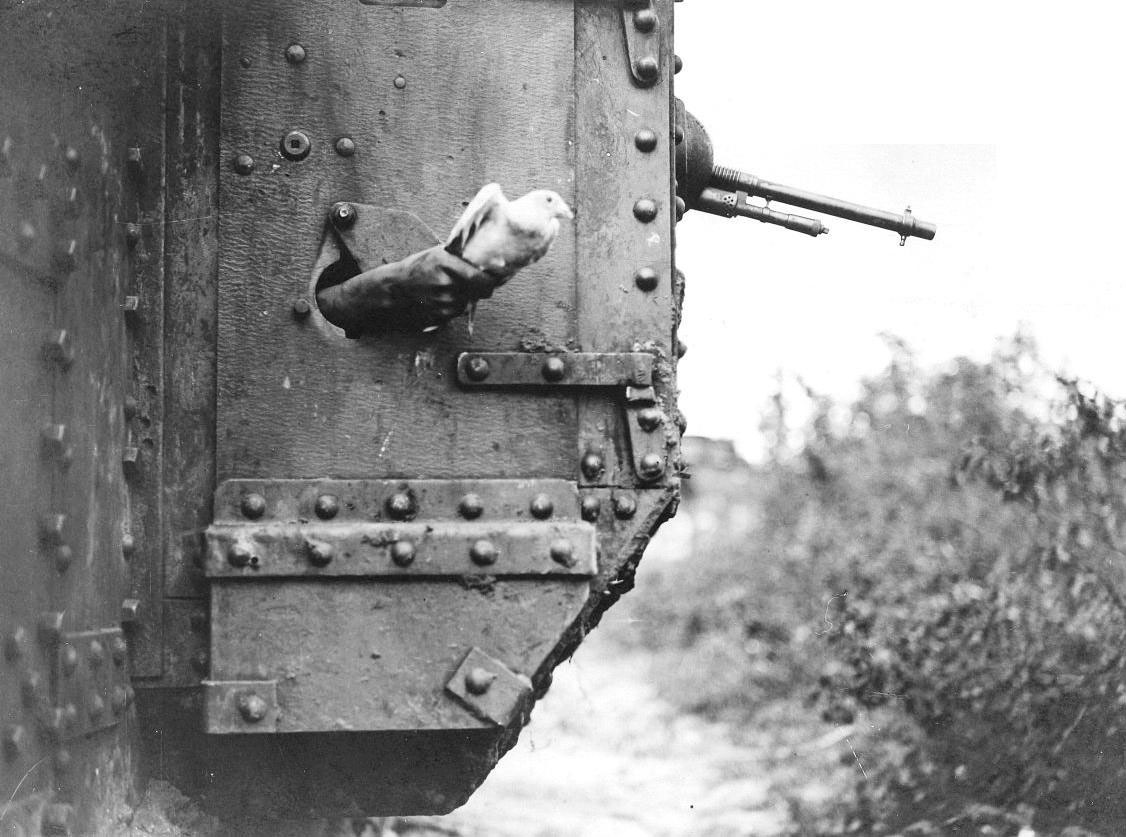
- Birds Feed Us –
Birds and their eggs have been at least incidental sources of food for humans since their origin and still are in most societies. Chickens were domesticated in Asia at least 3,000 years ago. More than 230 million turkeys are consumed each year in the United States. Birds are delicious. - Birds Enhance Our Culture –
Having been featured in art since prehistoric times when they appeared in early cave paintings, birds play prominent and diverse roles in folklore, religion, and popular culture. Note Big Bird, a very large canary of Sesame Street fame. Or Amadeus Mozart’s pet starling that motivated the opening theme of the Third Movement of his Piano Concerto No. 17 in G. Birds are inspiration for the arts.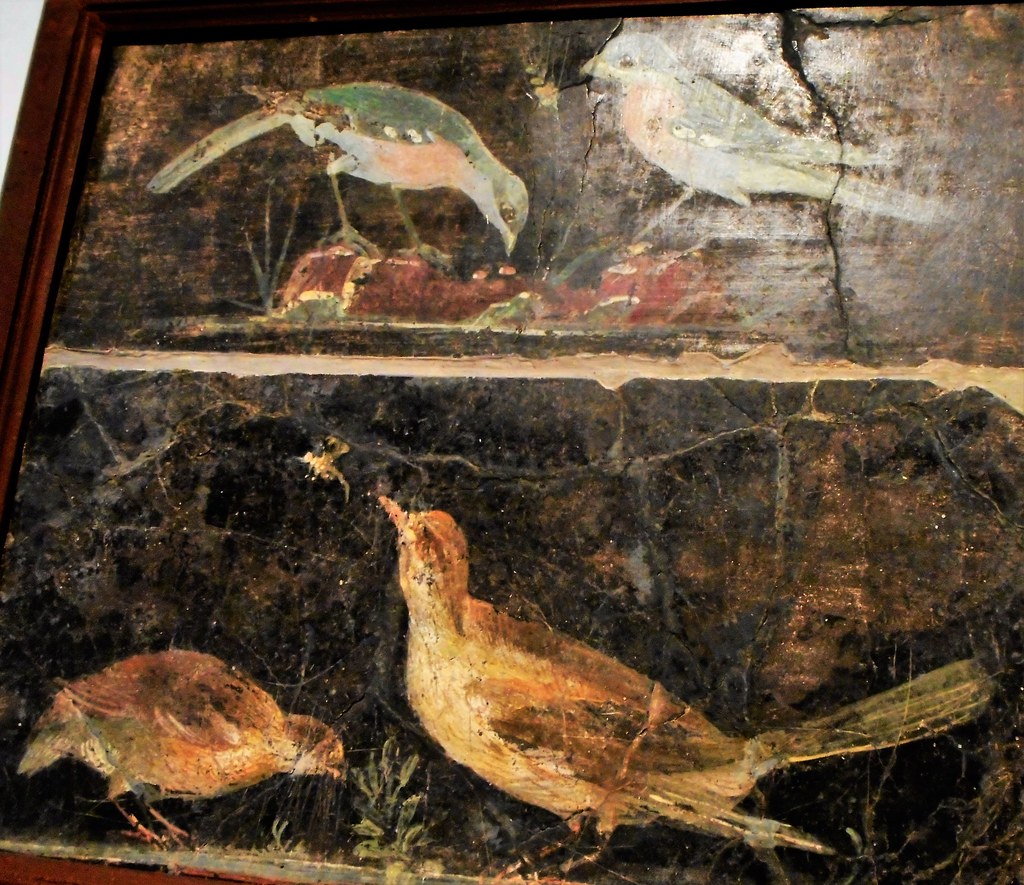
- Feathers Keep Us Warm & Comfortable –
Bird feathers are used worldwide to stuff pillows, mattresses, sleeping bags, coats, and quilting. They are a natural and renewable source of insulation whose environmental impact may be less than synthetic petroleum-derived micro fibers. - Bird Watching Connects Us To Nature –
Birds hold widespread public interest and are a gateway to increased natural engagement. Nearly 60 million birders in North America have made birding the second most popular outdoor activity after gardening. Birds charm us at our feeders, challenging us to learn their field marks, molts, and names.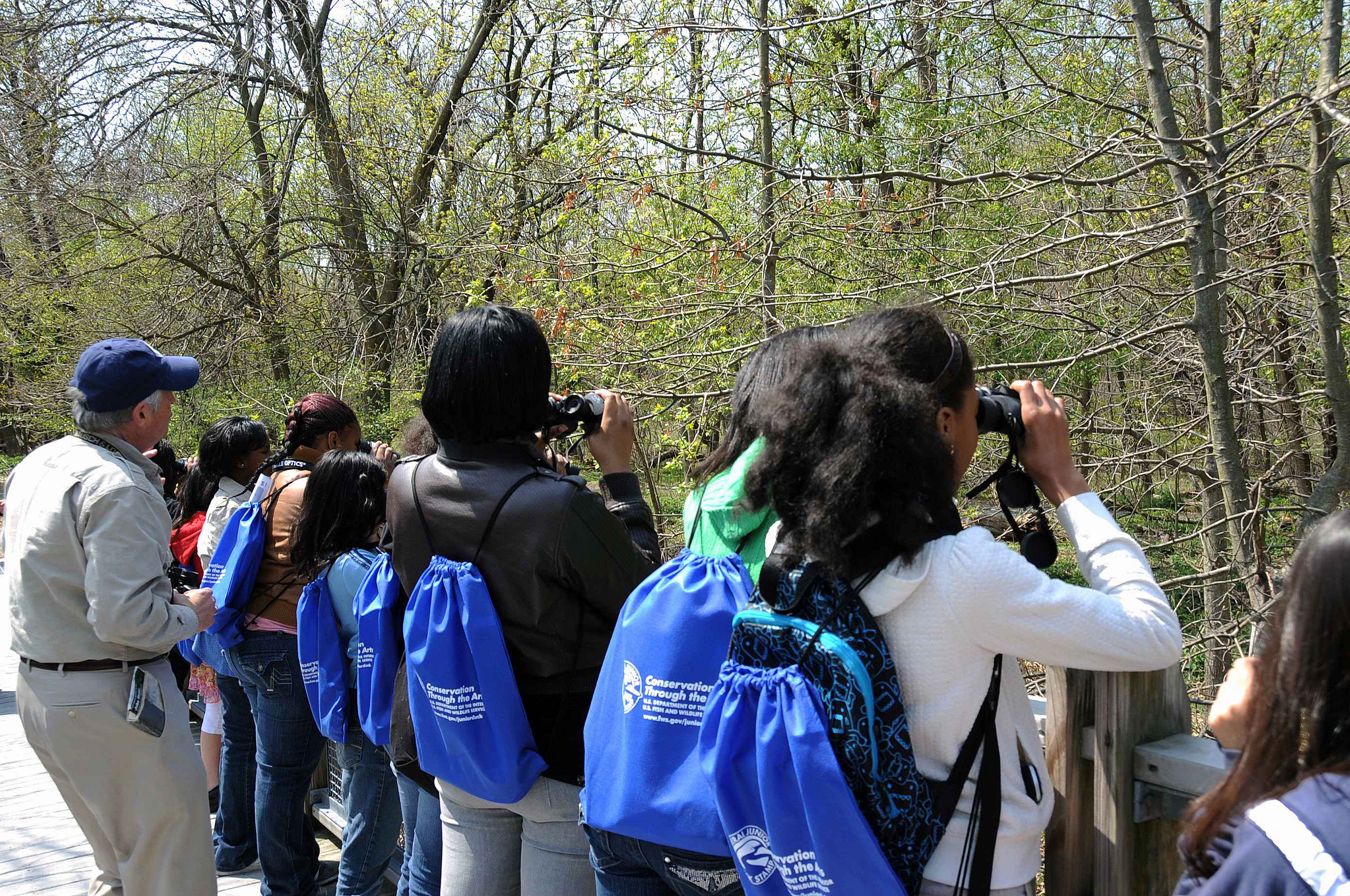
- Ethical EcoTourism –
Birding Tourism, or Avitourism, can sustainably support communities and foster greater conservation. Birds are a great reason to travel to, and connect with, other locales and cultures. - Bird Hunting Can Actually Help –
It may seem counterintuitive, but game birds and proper regulated hunting plays an important role in both bird and habitat conservation. Hunting requires healthy, thriving bird populations. And hunting was one of the primary drivers behind the creation of the National Wildlife Refuge System, which has set aside millions of acres of land for the conservation of wildlife and their habitat. The Duck Stamp is required as a license for waterfowl hunting. For every dollar spent on Duck Stamps, ninety-eight cents go directly to purchase vital habitat or acquire conservation easements within the National Wildlife Refuge System. Across the country, over 20 million acres of land have been preserved as part of the National Wildlife Refuge System, habitat which is not just for seasonal game birds, but available to all species all the time.
- Our Moral Obligation –
Given all these benefits, don’t we have an ethical obligation to ensure that our children inherit as much as we have now? Regardless of their functional values, should we no more allow the loss of a bird species than destroy a masterpiece of art? Across the Americas, more than 500 native bird species are threatened with extinction — 12 percent of 4,230 species. In the United States alone, nearly 300 of 750 native bird species, or 37 percent, are declining in population. Let’s help them out.
2


2 comments
This is so interesting and I love to see more of your write ups about Birds. God bless you.
You took me to the world of BIRDS by providing almost complete information of birds. Thanks a lot. May GOD bless you